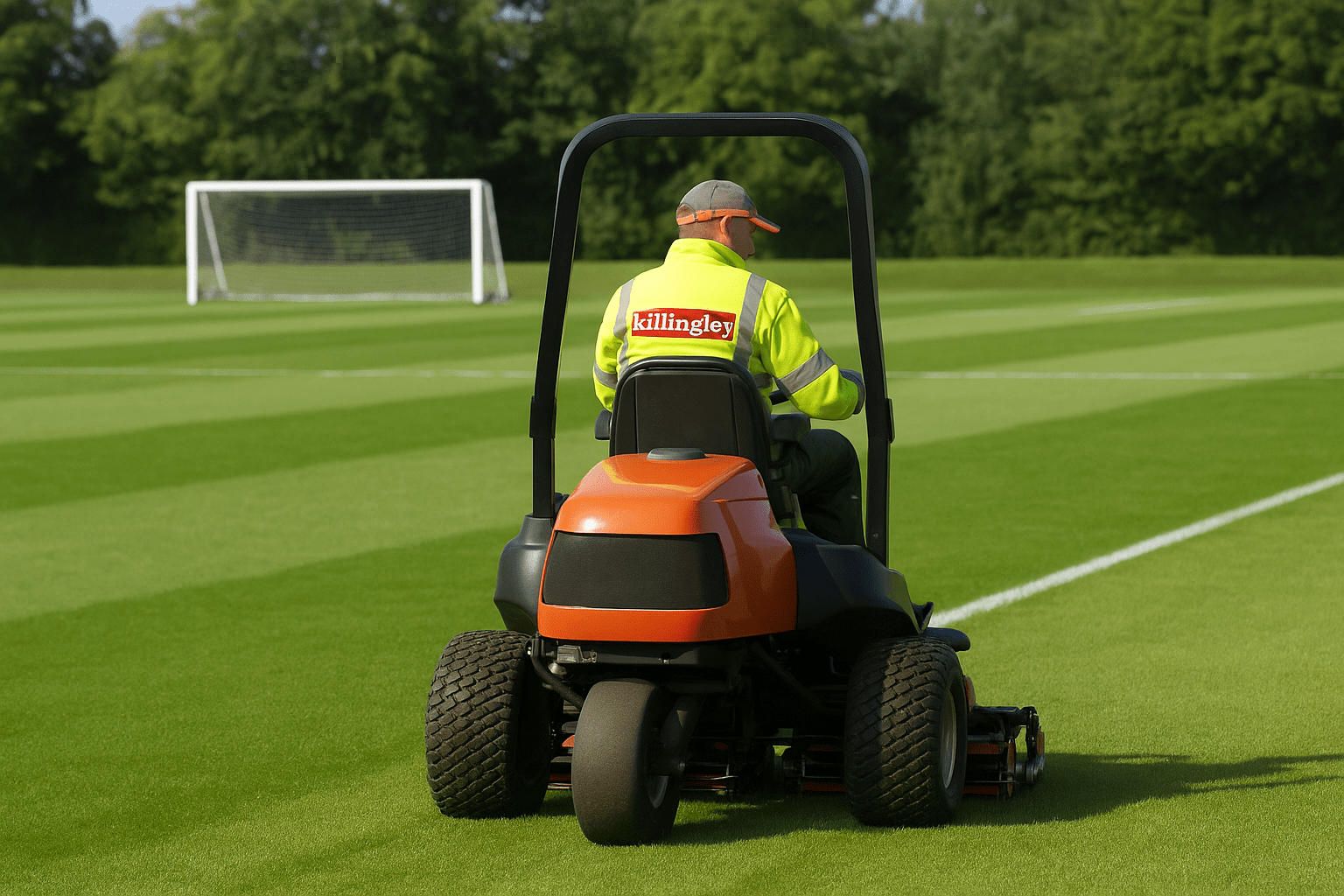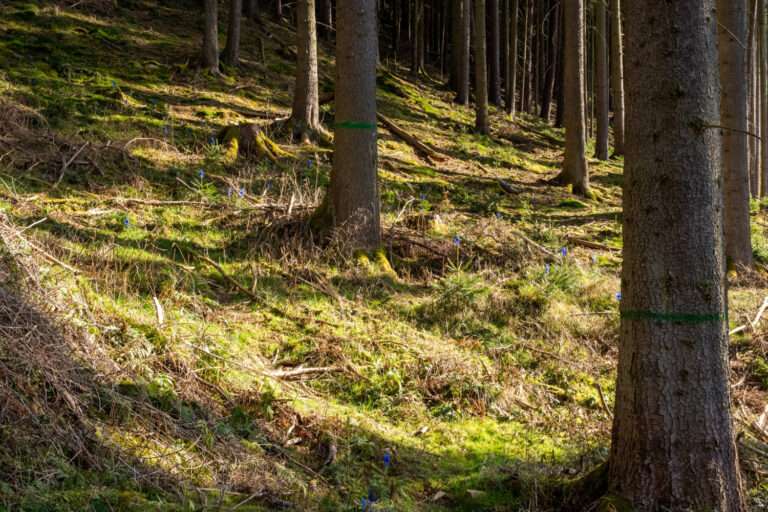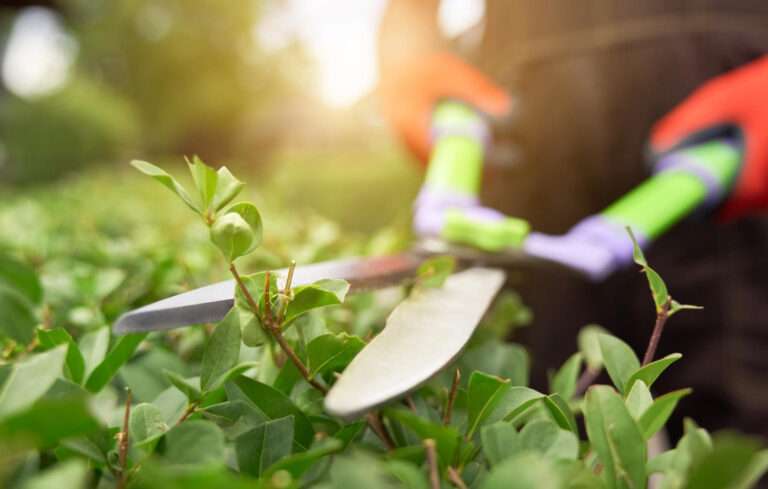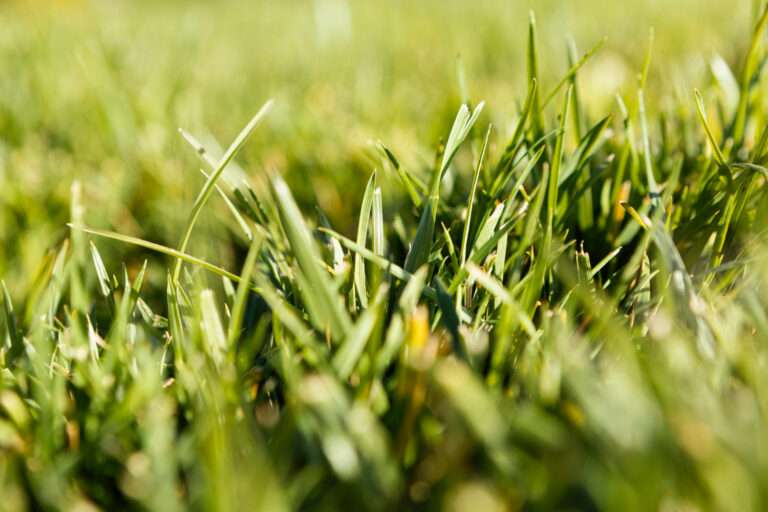Seasonal Maintenance for Sports Pitches
Keeping Your Pitch Match-Ready All Year Round
Maintaining a sports pitch in pristine condition isn’t a one-off job – it requires ongoing, seasonal care tailored to the unique demands of each time of year. Whether it’s a football field, rugby pitch, cricket ground or multi-use games area (MUGA), a well-planned seasonal maintenance strategy ensures safety, performance, and visual appeal throughout the calendar.
In this blog, we explore how to keep your sports pitch in peak condition across all four seasons, highlighting essential tasks, expert tips, and key considerations for sports facility managers and grounds teams.
Why Is Seasonal Maintenance So Important?
Sports pitches are living, breathing systems that respond to temperature, rainfall, usage, and daylight. What works in spring might not be suitable for winter, and a lack of appropriate maintenance can lead to costly repairs, unsafe surfaces, or cancelled matches.
Seasonal pitch care is about planning ahead – it means anticipating changes, addressing risks before they escalate, and proactively supporting turf health year-round. The result is a better playing experience, extended surface longevity, and reduced downtime.
Spring Maintenance Tasks
Spring signals the start of a new growing season and a chance to repair winter damage.
- Scarification: Removes moss and dead grass to improve airflow and encourage fresh growth.
- Overseeding: Fills bare patches and enhances turf density after winter thinning.
- Fertilisation: Supports strong early-season growth with nutrient-rich treatment.
- Aeration: Loosens compacted soil and boosts root development.
- Weed and Pest Monitoring: Early treatment prevents outbreaks later in the season.
Spring is also a great time to conduct a full site inspection, assessing drainage systems, pitch levels and surface wear.
Summer Maintenance Tasks
Summer is a high-growth and high-use period – balancing appearance and durability is essential.
- Regular Mowing: Maintains playing height and stimulates growth.
- Topdressing: Levels minor imperfections and improves soil structure.
- Irrigation: Prevents drought stress during hot spells.
- Rolling: Encourages an even, firm surface.
- Pest Control: Monitors for chafer grubs, leatherjackets and other turf pests.
- Fertilisation: Supports sustained growth without overfeeding.
Early summer is ideal for renovation works if the pitch has a break in usage. Deeper scarification, intensive reseeding, or topdressing can be completed before the autumn season starts.
Autumn Maintenance Tasks
Autumn is preparation time. You’re setting up the pitch to withstand heavy rain, colder temperatures and more intensive use.
- Drainage Checks: Ensure systems are clear and functioning properly.
- Decompaction: Relieves wear from summer use and improves water movement.
- Final Fertilisation: A slow-release feed to boost turf resilience.
- Seeding High-Wear Areas: Focus on goalmouths and centre lines.
- Moss Treatment: Prevents growth in damp, shady areas.
It’s also a good time to schedule a deep clean of artificial turf systems to maintain infill performance and hygiene.
Winter Maintenance Tasks
Winter is a survival phase for turf. The aim is to reduce damage and ensure play can continue safely.
- Minimal Wear Strategy: Limit usage in frosty or saturated conditions.
- Snow Clearance: Prompt removal prevents long-term compaction and moss growth.
- Light Rolling: Prevents surface damage from frozen footprints.
- Aeration (when conditions allow): Avoids waterlogging and keeps roots oxygenated.
- Inspection and Monitoring: Spot developing issues before they escalate.
Avoid aggressive work during deep frost or snow. Winter care is about doing less, but doing it well.
Tailoring Your Maintenance by Pitch Type
Different sports require different standards of play. Maintenance should be tailored to match:
- Football & Rugby: Prioritise even surfaces, firm footing, and safe bounce.
- Cricket: Focus on precision levelling and grass height variation.
- Hockey & Tennis: Synthetic surfaces need regular brushing, infill checks, and hygiene treatments.
Talk to a professional pitch specialist to build a bespoke calendar based on your usage patterns and site conditions.
Common FAQs About Seasonal Pitch Maintenance
How often should I aerate a pitch? Ideally, aeration is carried out at least 3–4 times per year, with timing dependent on soil type, usage and weather.
Can I seed in summer? Yes, but irrigation is key. Early summer or late spring is ideal. Avoid dry spells unless irrigation is in place.
Is winter maintenance really necessary? Absolutely. Even when growth is slow, small actions make a big difference in long-term health.
What’s the biggest mistake grounds teams make? Overusing a pitch without a recovery plan. Rest and rotation are critical for sustainability.
The Business Benefits of Seasonal Pitch Care
- Improved Playability: Athletes benefit from consistent ball roll, bounce, and grip.
- Reduced Costs: Preventative care minimises major repairs and turf replacement.
- Lower Risk: Safe, even surfaces reduce injury risk and liability.
- Professional Appearance: A well-kept pitch reflects positively on your organisation.
- Extended Life: Year-round care protects your investment.
Final Thoughts
Your pitch is more than just grass or turf – it’s a central asset to your sports facility. A proactive, seasonal approach to maintenance ensures it stays match-ready, rain or shine, all year round.
Whether you manage a school, stadium, club or council site, investing in tailored maintenance pays off with improved performance, reduced risk, and a better experience for all.
Killingley Insights is the editorial voice of NT Killingley Ltd, drawing on decades of experience in landscaping, environmental enhancements, and civil engineering projects across the UK.








